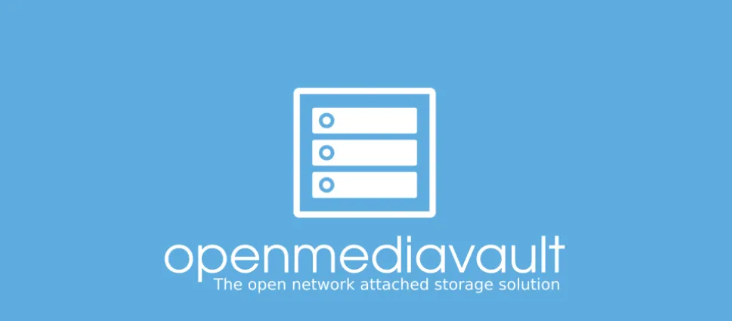Building an OpenMediaVault (OMV) server using your Intel NUC6i7KYK (Skull Canyon) is a great idea—it’s a powerful and compact machine, perfect for a home NAS or media server. This can basically work in a VM/Physical Hardware/SBCs. Here’s a step-by-step guide to get you up and running:
What You’ll Need
- Intel NUC6i7KYK (Skull Canyon)
- Storage drives: M.2/NVMe for the OS, external USB/Thunderbolt/Network drives, or SATA via USB enclosure.
- USB stick (8GB or more) for the OMV installer
- Monitor, keyboard, and mouse (just for installation)
- Ethernet or Wi-Fi connection (Ethernet preferred)
- Another computer for downloading and flashing OMV
Step 1: Prepare Installation Media
- Download OMV ISO:
- Go to https://www.openmediavault.org/download.html
- Download the latest stable ISO (currently based on Debian)
- Create a bootable USB:
- Use Rufus (Windows) or balenaEtcher (Mac/Linux/Windows)
- Select the OMV ISO and target USB drive
Step 2: Prepare the NUC
- Enter BIOS (press
F2during boot) - Set:
- Boot mode: UEFI
- Boot order: USB drive first
- Enable virtualization (optional, if you want to use Docker/VMs later)
- Disable Secure Boot (recommended)
- Save and exit
Step 3: Install OMV
- Boot from the USB
- Follow the OMV installation steps:
- Choose the target drive (ideally an SSD or NVMe, not your data drive)
- Set hostname, password, etc.
- After installation, remove the USB drive and reboot.
Step 4: First Login and Configuration
- Find the IP address of the NUC (via router or console)
- Open browser on another device:
- Go to
http://<NUC_IP>
- Go to
- Login:
- Username:
admin - Password:
openmediavault
- Username:
Step 5: Configure OMV
- Change admin password under System > General Settings
- Add storage:
- Go to Disks, check that drives are detected
- Wipe and format (EXT4 recommended)
- Mount drives under File Systems
- Create shared folders
- Enable services: SMB, FTP, NFS, etc. under Services
- Add users if needed
Step 6: Optional Features
- Docker/Portainer: Add the OMV-Extras plugin and install Docker & Portainer for apps like Plex, Nextcloud, etc.
- Remote access: Use Tailscale or OpenVPN for secure access from outside
- RAID (if applicable): If using multiple external drives, consider software RAID via OMV
Performance Tips
- Enable hardware acceleration for Plex using the integrated Intel Iris Pro GPU
- Use SSD for OS and media cache/transcoding
- Use wired Ethernet for best performance
Thank you for stopping by and checking us. I hope you enjoyed the article. Please let us know if you need help or anything of that sort. Just email us and we will do our best to get you a resolution. Have an awesome day everyone, & please come again.

